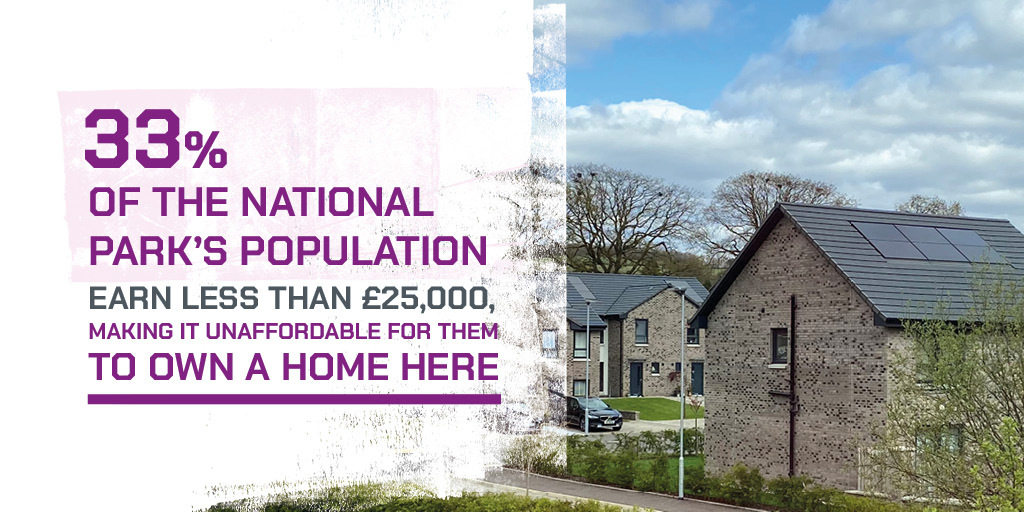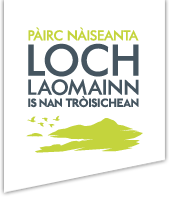
Housing in the National Park
Transformational change is on the cards for Scotland’s first National Park, writes Stuart Mearns, National Park Authority Director of Place, in The Herald today (Weds 12th July).
With the impacts of climate change and the nature crisis becoming more apparent, while communities and businesses adapt to changes from the pandemic and consider what the transition to a greener economy will involve, the National Park is at a crossroads.
Change is happening at a rapid pace and there is a small window of opportunity to find ways to shape a new, positive future for the National Park’s people and environment.
Housing that better meets the needs of local communities and enables businesses to grow has been identified as essential if we are to enable a greener economy and allow people to live well locally.
Research from 2022 tells us that 75% of National Park households cannot afford average house prices. This is despite an increase in affordable housing in the National Park in recent years, with 69% of new houses built between 2018 and 2022 being affordable. This impacts on businesses who are unable to recruit staff to meet growing demand.

Commuting, retirement and an increased desire for rural living post-pandemic are thought to be key factors driving up housing pressures, alongside increasing numbers of holiday homes and rental properties, which although beneficial to the visitor economy have resulted in affordable homes being removed from the local housing system.
Without enough housing to sustain village populations, businesses cannot recruit staff and young people are forced to move away. Community infrastructure suffers, putting pressure on provision of key local services such as education and healthcare. Also, if we are to deliver significant change in how land is used to reduce carbon emissions and restore nature, people need to access the resultant jobs that will be created. Business owner Sandy Fraser told us about the impact that housing has on his ability to operate his business.
In Cowal in the west of the National Park 17% of housing is second homes. Meanwhile Callander and Aberfoyle, two of our most populated villages, are among the places with the largest number of empty homes.
So, as we look to the future and consult on our next National Park Partnership Plan we need to ensure that housing is an enabler – rather than a barrier – to communities and businesses making that transition to a greener economy and living well locally.
Through working on our next Local Development Plan, we can ensure a continued focus on affordable housing provision and securing delivery of a broader range of housing types and tenures.
We will also consult on proportionate measures to stem the further loss of housing to holiday lets and second homes through interventions including considering a new requirement for all new homes to be for permanent occupation only and whether Short Term Let Control areas have a role to play.
We don’t yet have all the answers and the conversation about the future of the National Park is still underway.
This gives all of us an opportunity to shape the change that’s coming for our National Park and collectively, we can help ensure our people and places continue to thrive.
To take part in the conversation about the future of Loch Lomond & The Trossachs National Park and share your views on how we can ensure housing meets the needs of our local communities, visit our Commonplace consultation website.

